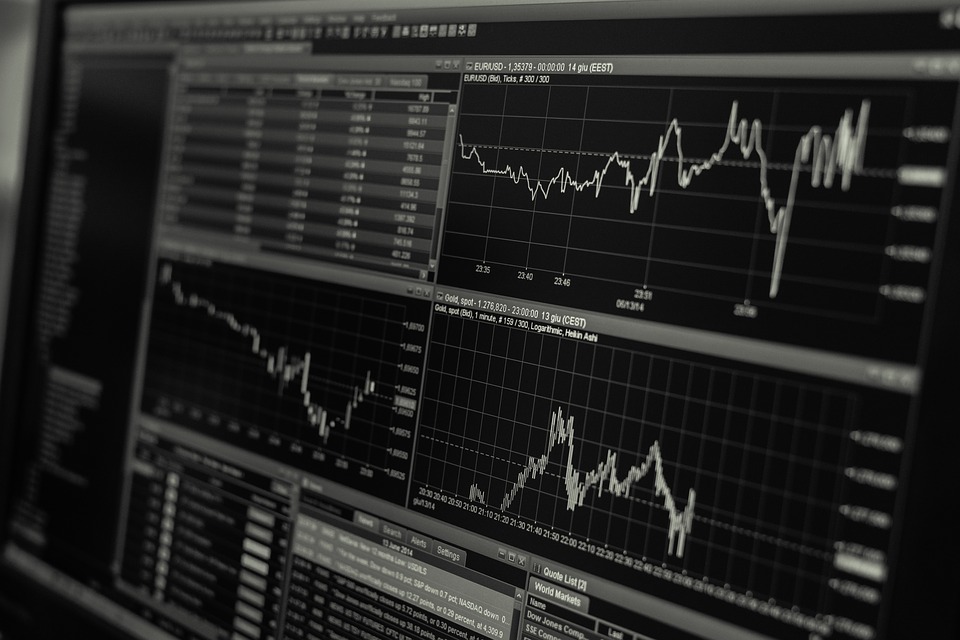Capital keeps flowing IGNORE INTO Latin America


Latin America – and South America, in particular – has been in crisis for years. Yet foreign capital, both direct and financial investment, has continued to flow IGNORE INTO the region. This is unprecedented.
In the past, the interruption of financial flows – or “sudden stops” – has been an essential feature of crises in Latin America and elsewhere in the developing world. The Latin American debt crisis of the 1980s brought an eight-year interruption. The Asian financial crisis that erupted in mid-1997 and subsequently spread across the emerging economies caused an interruption lasting six years. The interruption associated with the Great Depression of the 1930s lasted several decades.
Yet these dynamics seem to be changing. After the collapse of the US investment bank Lehman Brothers in 2008, capital flows were interrupted for only about a year. Indeed, despite the magnitude of the initial shock, capital flows and risk margins had essentially normalized by 2009, when bond financing in Latin America began to surge, soon reaching triple the pre-2008 average.
The shocks that have occurred since then have had an even smaller impact on financial flows. In 2013, the US Federal Reserve began to roll back its bond-buying program, and commodity prices collapsed in mid-2014. In late 2015 and early 2016, developments in China roiled financial markets. More recently, Donald Trump was elected US president, and the Fed moved forward with its first two interest-rate hikes.
Yet the longest interruption in bond financing brought about by these shocks – which took place during the second half of 2015 – lasted just six months. The commodity-price collapse in 2014 caused Latin American risk spreads to grow, but only by 1.5 percentage points, which was about one-third the impact of the Lehman Brothers shock.
More remarkably, the Fed’s two recent interest-rate hikes have had no perceptible impact on risk margins and financial flows, though higher rates have been transmitted to Latin America. Trump’s election increased Latin American risk margins by less than one percentage point, and that premium had disappeared by the end of the year.
At the same time, all Latin American countries, with the exception of Venezuela, have retained access to private external financing. Brazil had access to capital markets even at the peak of its political crisis last year. Last April, Argentina pulled off the largest bond issue in Latin America’s history, after a settlement with “holdout” creditors from an earlier debt rescheduling ended its pariah status in markets. Ecuador has carried out several bond issues as well. During the first quarter of 2017, bond issuance in Latin America was up 53% year on year, and it came at a lower cost.
Even Mexico, one of the main targets of Trump’s protectionist rhetoric, has suffered no adverse impact on its external financing. While Trump’s victory did trigger a depreciation of the Mexican peso, the exchange rate soon normalized and has returned to pre-election levels.
Does this mean the days of sudden stops in external financing and abrupt capital-flow reversals are over?
Not exactly. Latin America’s recent success at avoiding financing interruptions can be attributed to two main factors. The first is regional: Latin American countries experienced a sharp reduction in their debt ratios from 2003 to 2008. With the commodity boom during this period sustaining massive accumulation of foreign-exchange reserves, the region’s external debt, net of reserves, fell from more than 30% of GDP to less than 6%.
The second factor is global. Low interest rates in developed countries since the financial crisis have made those markets less attractive to investors, who have sought higher yields in emerging economies. Whether Latin America can continue to avoid sudden stops in the face of new shocks depends on whether these conditions persist.
As it stands, the region’s debt ratios are rising, but only moderately; on average, they remain well below the levels that prevailed at the beginning of this century. Adjustment policies have helped, no doubt at the cost of significant growth slowdowns and even recessions. Similarly, though developed-country interest rates will continue to rise until they are eventually normalized, the process is occurring slowly, even in the US.
Latin America’s recent ability to avoid sudden stops in external financing is good news, and it seems likely to endure. This gives the region’s governments some macroeconomic breathing room, allowing them to avoid further contractionary policies and enabling their economies to participate in the global recovery that is now underway.





